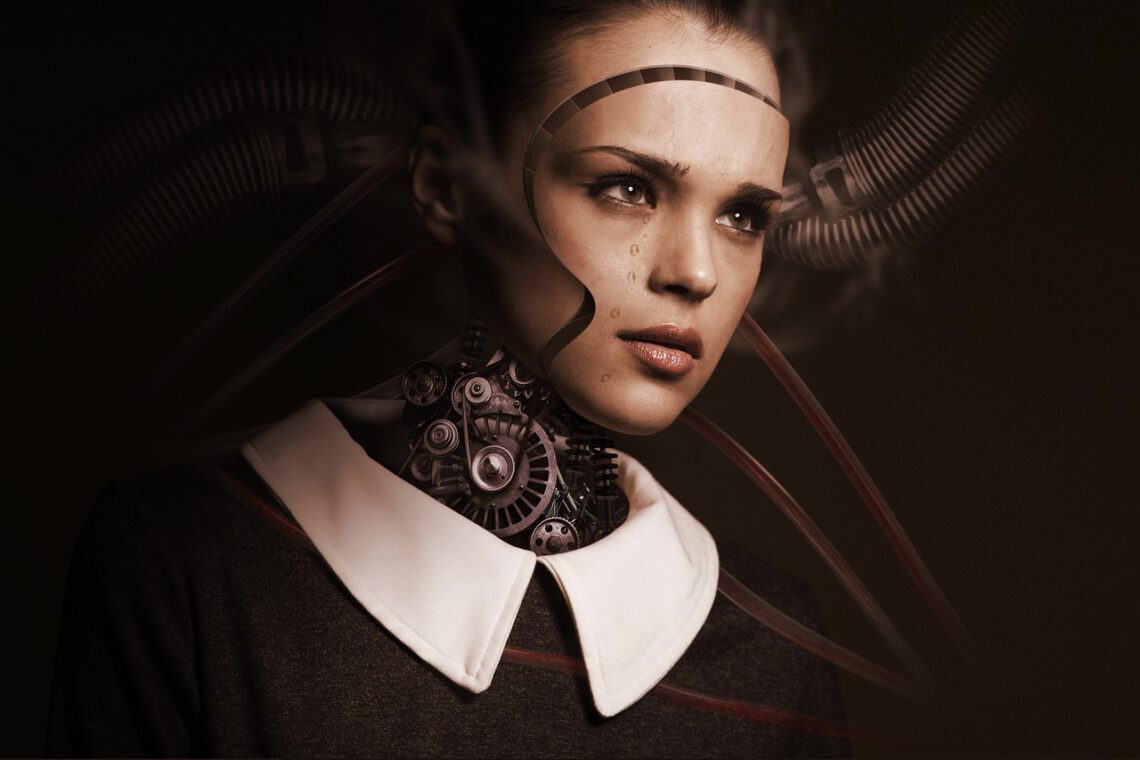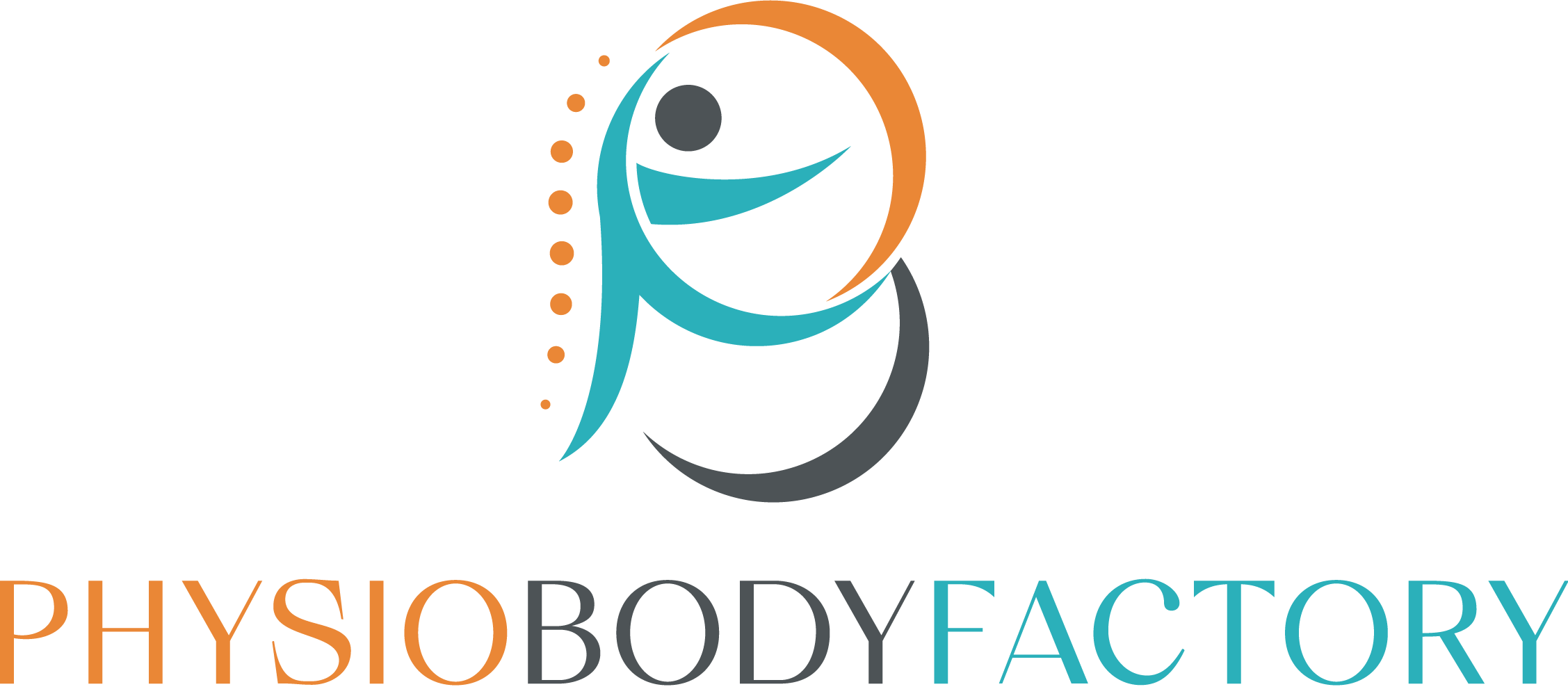
What is the impact of Artificial Intelligence on Physiotherapy?
Artificial Intelligence is probably the most talked about subject in 2023. Artificial Intelligence has many uses but how can we make use of this technology as physiotherapists and what is the impact on our jobs?
AI can help us with the problem of not having enough time by doing our administration or making our training schemes. AI could also help make rehabilitation more fun by integrating virtual reality rehabilitation. Or help us with our profession by doing movement analysis and giving the patient feedback while training at home.
I am interested in artificial intelligence (AI) and did read a lot of articles about this subject. As a physiotherapist, I was wondering how I could make use of this technology to make our job easier because there got a be something to reduce our workload right?
What impact can artificial intelligence (AI) have on physiotherapy?
I am currently following a Master’s Study in the Netherlands and we talk about the use of AI in physiotherapy. It raised a lot of questions for me so I tried to find out more about it and sum up a few things that are possible with AI in our profession.
Administration
When I look on Instagram I follow the account Physiogram, it is not only an account but also a community. One of the things I hear physiotherapists talk a lot about is administration. We spend a lot of time in our jobs on administration. This means we have less time for our patients and doing the things we became physiotherapists for.
What you probably know is Automatic Speech Recognition (ASR) which is around you everywhere. ASR is a form of artificial intelligence that converts spoken language into written text. Google’s “Speech-to-text” is probably one of the most popular systems.
I have heard a few people talk about it being possible for administration in physiotherapy, but I haven’t found out which company it does (If you know it please leave a comment on this blog!) However, I heard a few stories about companies working on a system that helps you do your screening or anamnesis.
So how does it work? You still do your screening/anamnesis however, you don’t have to write down anything. The AI system writes it down at the right place in your rehabilitation problem-solving form. It doesn’t write it down only, I have heard there is even a system that could give possible diagnoses!
I think this would be perfect for our job because it saves a lot of time and writes down everything. A problem I find out a lot is forgetting to write down everything that I should, because of lack of time.
Training schemes
Secondly, you could use AI to make your training schemes. Yes, you could ask AI to make training schemes, however, I noticed it doesn’t come out great. I found it works better to let AI know exactly what you want. By telling the system what kind of training you want, how many weeks should the program be? What injury should be focused on? Do I want progressive overload? You could add everything you want in the training scheme. It can save you a lot of time, but being able to see when a training scheme is good or not is required.
Real-time monitoring and feedback:
A problem with physiotherapy is that you see patients for a short time and they need to work on their own as well. Without the effort of the patient, rehabilitation would probably fail. Real-time monitoring and feedback could be one of the things AI could help with. It contains of wearable devices equipped with sensors that can capture movements and transmit the data to AI systems. These systems then provide real-time feedback on exercise techniques, ensuring the patient is performing them correctly.
I haven’t tried it out yet, but there are actually a lot of these systems coming out. I also saw on Linked-in AI systems that could do movement analyses and give you tips on where to work on. I think this technology could help the patient and the physiotherapist in rehabilitation a lot.
Virtual reality rehabilitation
Lastly virtual reality rehabilitation. This is actually on the market before we heard about AI a lot. However AI-powered virtual reality (VR) experiences even have a better experience. VR is in my opinion getting better and better and AI algorithms can make these experiences engaging and personalized. Various programs turn exercises into interactive games.
I think this should be implemented more by physiotherapists, but mostly by physiotherapists that work with children because there are a lot of possibilities with this new technology.
Could AI take over our job?
The simple answer is no. One of the first things that AI can’t do is see the mental and emotional well-being of patients. It also raised the question if AI could make ethical considerations. I think one of the most important things AI can’t replace is interpersonal interaction. The communication between your patient and you as physiotherapists is essential for a successful treatment.
AI isn’t able to do complex decision-making yet, however, it could be possible in the future. The most important thing AI can’t is empathy and emotional understanding. Human experiences, emotions, and the ability to relate to others on a personal level make empathy a uniquely human trait that currently cannot be fully replicated by AI.
Conclusion
The potential of AI in physiotherapy is promising, but it comes with challenges like ethical concerns, data privacy, and the need for effective collaboration between AI systems and human physical therapists. The subjects I described above are one of the many things that are possible with AI. However, balancing AI’s capabilities with expert physiotherapist skills should be crucial.
I am looking forward to AI’s integration into physiotherapy. It can probably help us with the problem of not having enough time by doing our administration or making our training schemes. It could also help make rehabilitation more fun by integrating virtual reality rehabilitation. And lastly could just help us in our profession by doing movement analysis or giving the patient feedback at home. This is probably just the beginning of AI and I am looking forward to using it more in the future.
In the coming weeks, I am going to try out a few AI applications used by physical therapists stay tuned!!

